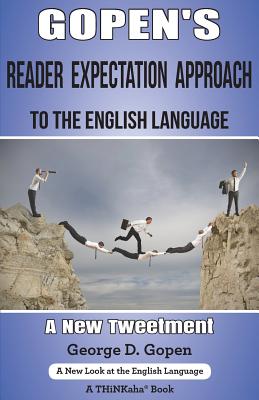For as long as writing has been taught, the subject has always been approached from the perspective of polite society. The central questions were all writer-based: What can, must, ought the writer to do? What cannot, must not, ought not the writer to do? Mistakes were corrected; awkwardness was chastised; bloat was deflated. We were urged to avoid (the passive) and contain (the number of words in a sentence). But far less often were we told how to go about building a sentence; and almost never were we told why all this advice was supposed to work. The whole perspective was wrong: Instead of looking at the writer, we should have been looking at the far more important person where writing is concerned-the reader. George Gopen's radical new take on the language, his Reader Expectation Approach, explains how readers go about the act of reading. If we knew how readers make sense of a text, then we could tell the writers, who in turn could then structure their sentences to control most of the reader's interpretive process. The core of Gopen's new approach, and the reason it is a radical change, is a single discovery: Readers of English know where in the structure of a sentence or a paragraph to look for the arrival of certain kinds of crucial information. What's going on in a sentence? Whose story is it? How does it connect to the sentences that surround it? Which words should be read with the greatest emphasis, because they are the stars of that sentence's show? All of these questions are answered primarily by location: Readers know where in a sentence to look for what. If writers know about these locations, then writers can fill them with the appropriate information and become completely accessible to their readers. Gopen's longer books explain all this in detail; in this volume, he sets out the essences and high points of his discoveries in tweet-length, almost proverb-like distillations. Gopen's Reader Expectation Approach to the English Language is part of the THiNKaha series, whose slim and handy books contain 140 well-thought-out AhaMessages. Increase your influence by picking up the Aha Amplifier to easily share George's quotes on Twitter, Facebook, LinkedIn, and Google+.











